A saffron-robed monk chats on a cell phone or contemplates an iPad. These are favored images in glossy travel magazines. The photos are meant to conjure contradiction -- a clash of cultures as ancient tradition meets modern technology.
Yet, each time I see such images, they evoke for me the opposite. Buddhist monks have long been at the forefront of new communications technology. They were the original "early adopters," at the cutting edge of one of the world's great transformative developments: printing.
Printing changed the world. From books to banknotes to billboards, the printed word so surrounds us it's almost impossible to conceive of a world without it. Printing is one of humanity's great four inventions (together with paper, gunpowder and the compass).
In the West, it helped spread literacy and ushered in the Enlightenment. In the East, seekers after another form of enlightenment were instrumental in its spread. Buddhist monks grasped the value of the rapid reproduction of material -- in their case sacred material -- at least 600 years before the West.
They did so not just to proselytize but because of an idea central to Buddhism: creating merit. The more good deeds performed, the more merit accrued and the swifter one's path to Buddhahood, or at least to a better rebirth.
Merit is a motivating force in Buddhism and it can be created in many ways, including by not killing, stealing or lying. But more critically for the spread of printing, it can be created by copying and transmitting a sutra, the words of the Buddha. The more copies created, the more merit accrues.
Before the advent of woodblock printing, sacred Buddhist texts were hand copied. A scribe might take weeks to produce a single copy. But printing enabled the production of hundreds and even thousands of copies. Although woodblocks took longer to carve than hand copying, the potential to reproduce sutras at a previously unimaginable rate was immense.
The world's oldest printed book is a Buddhist text, the Diamond Sutra of 868 A.D. Although only one copy has survived, now in the British Library, hundreds of copies of this illustrated scroll were probably originally printed.
By the time it was created in China, printing was a well-established industry there and elsewhere in Asia. Buddhism drove other printing innovations, including the use of color. The world's oldest surviving example of two-color paper printing is a Buddhist text -- coincidentally, also a copy of the Diamond Sutra -- printed in black and red in China's Hubei province in 1341.
The West was slow off the blocks with printing. The earliest known European woodblock print -- an image of St. Christopher -- was not created until 1423 and it would be nearly 30 years later before Johannes Gutenberg developed his printing press.
With the internet in its infancy just over a decade ago, I encountered a Buddhist monk who, from a tiny house in Sydney, Australia, had quickly seen the potential of that emerging technology. He set up what was then the world's largest Buddhist website. Technology has changed dramatically since, yet the aims of the website (www.buddhanet.net) remain the same: to use communication technologies to make the Buddha's teachings widely available.
In the Himalayan kingdom of Bhutan, which lacked television until 1999, one Buddhist teacher swiftly realized the value of movies as a way to maintain his culture in an increasingly visual age. The same year Bhutan's citizens first tuned in to TV, Dzongsar Khyentse Rinpoche directed one of the country's first movies, "The Cup," and followed it up with "Travelers and Magicians" in 2003.
Meanwhile, the country has not abandoned its old communications technology. At the National Library of Bhutan in the capital Thimphu, where its shelves are lined with woodblock printed Buddhist texts, I met a man who has one of the world's rarest occupations. Yeshe Namygal is the library's resident woodcarver, and continues to produce intricate woodblocks for the institution's vast collection.
I recently shared a cab to an international airport with a Western Buddhist nun. She was in no danger of being hit for excess baggage. Her few possessions included a mala, or rosary, a change of robes -- and an iPad. The latter was loaded with her prayers and daily practices. As she swiped through to the sacred words and images she needed, her actions reminded me that from ancient woodblocks to cyberspace, technology and Buddhism have never been incompatible.

